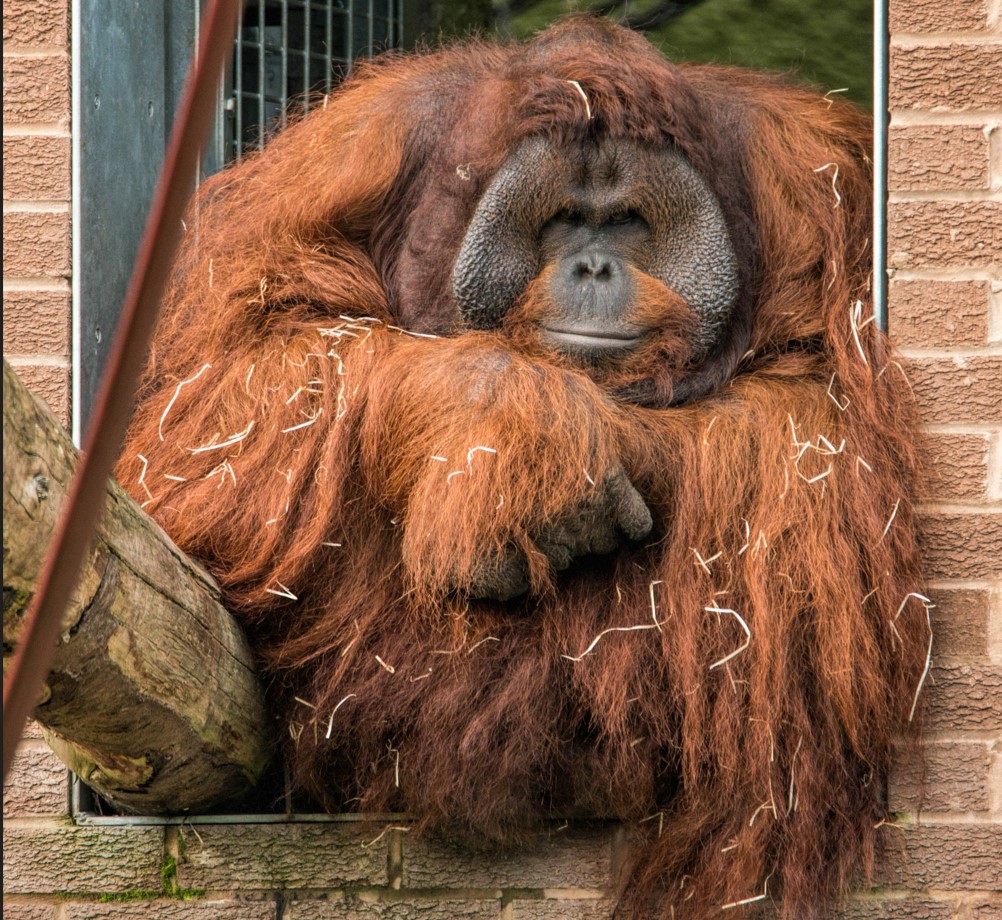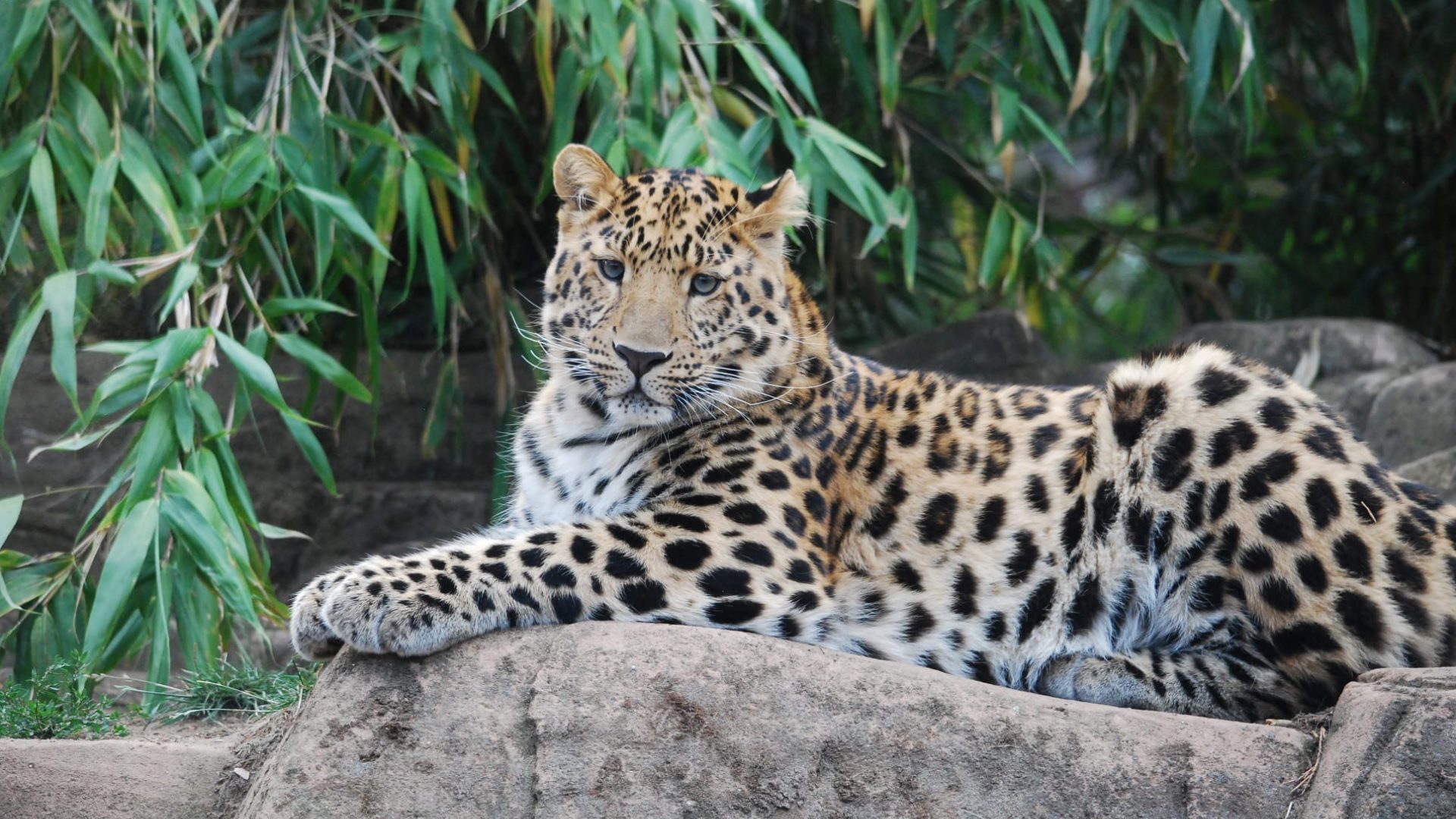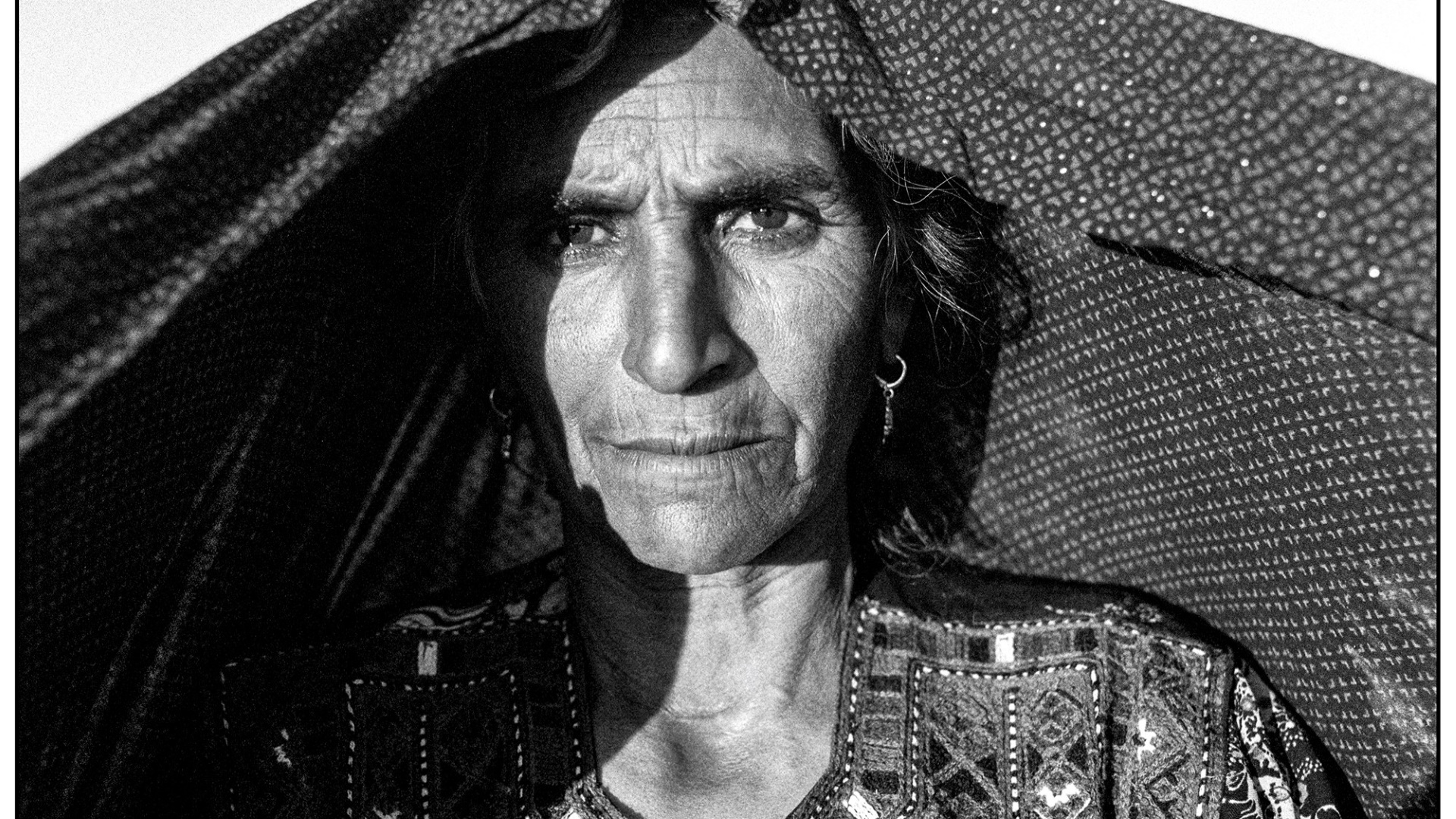This is the story of Luka the Amur leopard. He’s a fantastic specimen, sleek, muscular, magnificent. He’s also a symbol of our times. A story of inexplicable decisions, bloodymindedness and entirely foreseeable consequences.
No prizes for guessing that Luka was going to be yet another victim of Brexit, but if you think this one might be of little consequence compared with any other of the UK’s self-sabotaging outcomes from “the great split”, it might be worth reading on.
By now Luka should be in a French zoo engaging in what all three-year-old male leopards expect to be doing at that age; namely breeding. Instead, he is in a big cat sanctuary in Kent, in solitary though spacious confinement, his keepers hoping that a suitable mate can be found within these shores.
He could have had two or three litters of cubs by now, and the reason that is important is that there are only around 100 like Luka living in the wild today. The Amur leopard is the world’s most critically endangered big cat. Perhaps surprisingly, given that we usually associate the leopard with the African continent, the few Amurs left in the wild live in the temperate forests of the Russian Far East. The Amur has been brought to the brink of extinction in the wild by hunters looking to trade in its beautiful, spotted fur.
Luka was born at Colchester Zoo in September 2019. He arrived into a pre-Brexit world. Life would have been simpler for him had it stayed that way.
Rebecca Moore, director of the zoo, says staff remember a confident, curious cub chasing the water from his keepers’ hoses. However, the tale she tells from then on is anything but joyous; one of frustrating wasted hours, huge amounts of paperwork, many setbacks and finally defeat.
“Unfortunately this damage to the zoo’s endangered breeding programme has become a sad byproduct of Brexit,” she says.
In August 2020, in the early months of the UK “taking back control”, Rebecca and her small team were plunged into a year-long Kafkaesque journey into the unknown. They spent untold hours trying to work out how to transport Luka to a French zoo at the optimum time for its leopards’ breeding cycle in February of the next year.
Exotic animals like Luka aren’t just thrown together with potential mate to see what happens. The breeding programme is coordinated by the European Association of Zoos and Aquaria (Eaza) using global databases and analytical software.
The individual’s ancestry, health and behaviour traits are exhaustively compared. It is important the gene pool is as wide as possible to prevent defects. For instance, close breeding of the Amur could result in some offspring being born with black fur, absolutely no good if it is to be introduced into the wild in Russia, where it needs its camouflage for protection and for hunting.
I’ll spare the reader the full detail of the red tape that Moore and her team had to cut through in this new world as the health requirements for the movement of zoo animals in the UK and EU diverged. But this is what happened.
In August officials at the Department for Environment, Food and Rural Affairs (Defra), who British zoo managers say have been trying their best, told Colchester that they could not advise on what paperwork might be needed for Luka because no one had a clue. The French were already becoming worried. Moore’s team began the painstaking process of filling in documentation for an import/export permit, now required by the Convention on International Trade in Endangered Species of Wild Fauna and Flora (Cites), but not needed when we were in the EU. This took four arduous months.
Most zoo animals (98%) used to pass through Calais on a relatively smooth, light-check journey. Colchester discovered in January 2021 that Calais had no EU-facing border control post that could process zoo animals.
Longer and expensive journeys to Caen or flights to Paris were considered, even though these would be more uncomfortable for the animal. The team discovered that no aircraft travelling to the French capital could take the length of crate needed for a rapidly growing Amur like Luka.
Now Moore discovered that each receiving zoo in each European country would need a separate export health certificate, which Defra would have to draw up from scratch. If a UK zoo wanted to send an endangered deer species to zoos in Germany and France, and a monkey to the same zoo in Germany, three different certificates would be required – and it’s not just a rubber stamping of a template that is needed.
Later, it emerged that all animals from the UK would need expensive rabies tests even though, pre-Brexit, the EU had long accepted that the UK had been rabies-free for years.
Moore’s inbox piled up with communications from Defra and the EU. The Cites licence arrived in February 2021, but time for the French female leopards was running out.
In April 2021 another blow. EU-based animal transporters now needed special authorisation to operate in the UK and had to meet new, hugely challenging criteria. Most stopped bothering, leaving very few specialists available.
The French, now desperate, investigated the cost of flying Luka to Germany and driving him across the border. In the end, the time taken and the significantly higher costs for the receiving zoo defeated the project, and Luka stayed in the UK. He had to be moved from Colchester because of space restrictions and the need to remove him from his mother and siblings. He was transferred to the sanctuary, which hopes to find him a mate. With just 350 Amurs in captivity around the world, great care will have to be taken to ensure the right partner is found for him from within the UK’s stock if the offspring are to contribute to the endangered species programme.
“It was an incredibly frustrating process with long hours and so much wasted time,” said Moore. “There are genuine fears involved here. If the UK becomes isolated from these programmes it will seriously reduce the pool of breeding animals, especially as in many areas we have the largest percentages of the species. It is vitally important for these animals that we find a compromise quickly.”
The UK, with a large number of contributing breeding-programme zoos, is a big player. Up to 25% of all breeding of certain species involves UK and Irish zoos. The British and Irish Association of Zoos and Aquariums (Biaza) has 126 members involved in 404 international breeding programmes.
The figures tell their own story. On the third anniversary of Brexit, Biaza released figures that showed that in 2019 there were 1,400 exchanges between British and European zoos in the species breeding programme, which had dropped to slightly more than 200 last year, a dramatic 85% decrease.
These exchanges help to breed animals that are healthy and genetically diverse, but also find the right zoo facilities for them as they grow or have to be separated from parents. They make a contribution to what is called a safety-net population, keeping species alive as many of their “in situ” cousins face extinction. And the end goal for many of these programmes is the reintroduction into the wild of those animals either extinct or perilously close to it. A recent paper by the Zoological Society of London looked at 95 known “extinct in the wild” species and noted how collaboration between conservation organisations, including zoos, governments and those responsible for wild habitats, had been successfully fighting rearguard actions.
Some had helped to prevent extinction altogether, and others had allowed species to start to reclaim their wild status. These included the Socorro dove, last sighted in the wild on islands off the west coast of Mexico in 1972, the scimitar horned oryx, now back in the wild in Chad, central Africa, and the Guam kingfisher.
Eventually it is hoped Amur leopard offspring might be released into the wild to help the precarious population, although the Ukrainian war has of course set this aim back considerably.
So it’s not just Luka who has been a victim of the fallout from Brexit. In the summer of last year Ramon, a Bornean orangutan, did eventually make the trip from his home at Blackpool Zoo to a breeding programme at Munster Zoo in Germany after a year of tortuous administration and red tape, not to mention extra cost. The move freed up a new breeding male to head in the opposite direction.

Not so lucky are the female bukhara deer in several European locations suffering an acute shortage of males. The Royal Zoological Society of Scotland’s Highland Wildlife Park has a surfeit of males, but the amount of paperwork needed to get them over to disparate locations has been described as impossible to surmount. At the turn of the last century the bukhara was virtually extinct, but was brought back from the brink through breeding programmes and reintroductions.
At the Welsh Mountain Zoo, Colwyn Bay, a female snow leopard recommended for breeding has been rejected by zoos in Poland and France, put off by the blizzard of paperwork needed, and is awaiting a third chance. The list goes on.
Biaza, along with other conservation and zoological organisations, is calling for urgent action to help bring down some of the new barriers. Its senior manager, Nicky Needham, said the association and others wanted to see a better alignment of UK and EU veterinary health regulations. They are asking the UK government to explore with the European Commission a UK-EU SPS (sanitary and phytosanitary) agreement to be implemented in the longer term. In simple terms this might be seen as a common market of veterinary standards, realigning what are now two very different health frameworks that are contributing to the crisis.
Needham does not see any shortterm wins – these programmes are low on priority lists of politicians and they take years to reach agreement – but is clear on the importance of succeeding in the longer term.
“We are not exaggerating when we talk about the threat these new hurdles pose to endangered species,” she said. “The charity Nature’s SAFE recently concluded we are losing 24-100 species every day to extinction. The safety-net populations of endangered species that zoos across the world and their exchange programmes maintain and breed are ever more vital in this fight to preserve biodiversity.”
In the meantime, Luka lolls around his small piece of the Kent countryside, fearsome and beautiful, yes, but also an unwitting, living expression of a self-defeating isolation.
Michael Gilson is the former editor of, among others, the Scotsman and Belfast Telegraph. He is a lecturer in journalism and a published author. His book on the history of the British suburban garden is out later this year



